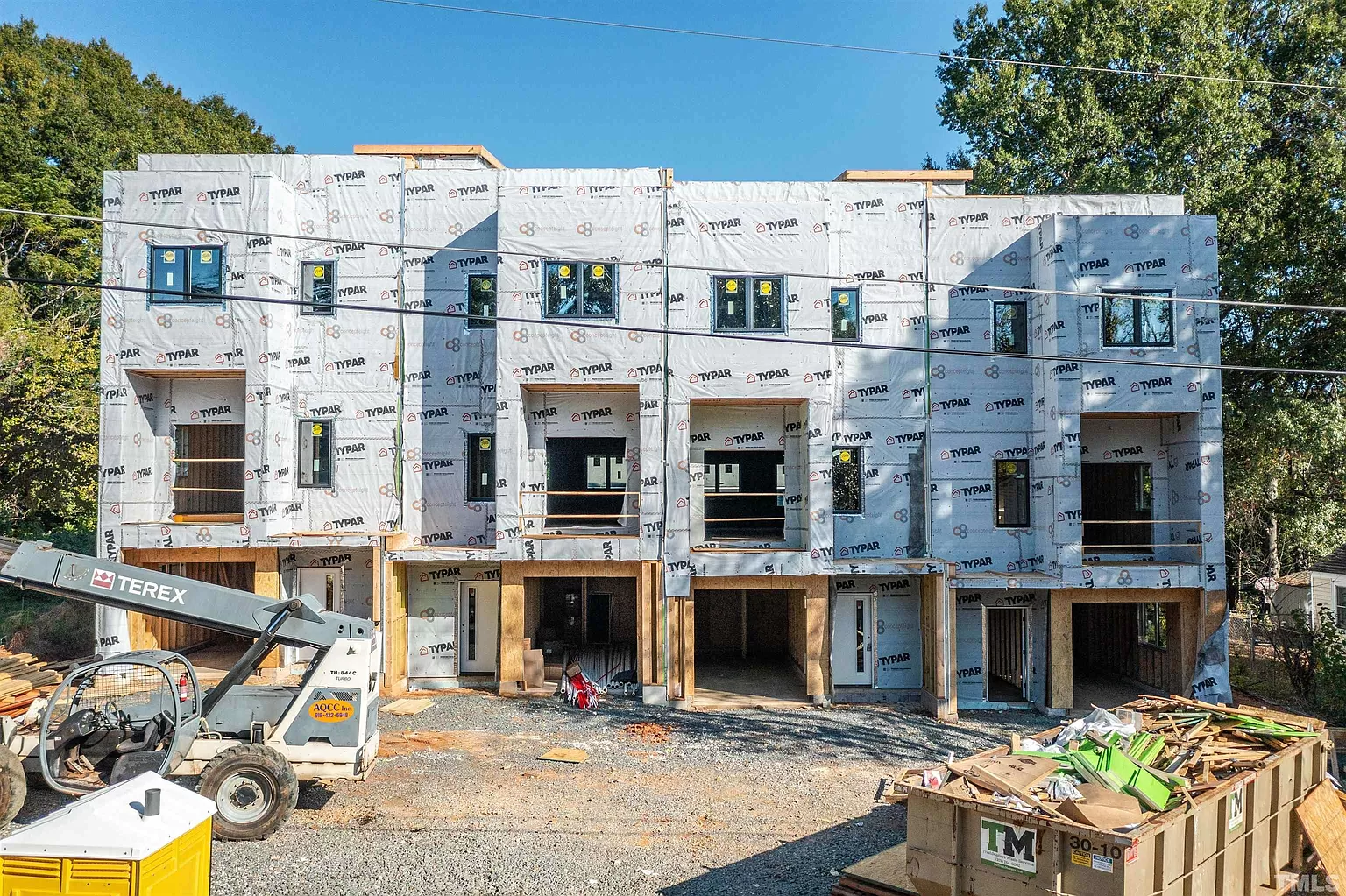When you sell a home conventionally, you're selling it for what it is: a physical structure that your client will live in or rent out. Pre-selling a home involves selling the planned house, even before construction is complete.
It can be difficult to persuade buyers into purchasing a home that does not yet exist. For this same reason, financing the property can be more confusing than a regular home.
But, there are ways you can put your buyer's mind at ease. Here are seven things you need to know about pre-selling homes:
1. Build Trust by Being Realistic
Pre-selling a home often involves the understanding that contractors will finish building the house in over 12 months.
In fact, custom-built homes typically take between 10 and 16 months to complete. And that's just the home's construction. It takes even more time to clear out the land, order supplies, and get everything in order before building begins.
Be realistic with your client about the potential delays they may experience—especially if the home is a larger-scale project. It's also best to acknowledge that delays sometimes happen without human error involved. Floods, fires, tornadoes, and other disasters can significantly push back the completion date.
Buyers will appreciate your honesty, so be straightforward with them. People are more likely to purchase from someone they can trust.
2. Use Tools to Sell an Idea
Pre-selling is an entirely abstract concept. As a salesperson, you are receiving payment for something that doesn't even exist yet. You're not selling empty space, though: you're selling an idea. You are selling the promise that you can bring your client's idea into reality.
You may be asking yourself, "How do I sell something that I can't even show?" Just because the home does not exist yet does not mean you can't help your clients visualize it. Lean on powerful visualization tools to help them see exactly what they're looking for before they buy.
Be as thorough as possible when it comes to what your client really wants. It will pay off for them (and you) in the long run.
3. Look at the Future Market
If your buyer is on the fence about buying a home before its construction begins, it's your job to convince them that it's worth it.
If studies project market trends to increase over the next couple years, make sure to point this out to your client. A home that they purchase for $1 million before construction may be worth over $2 million after the contractors complete the project.
Rising property value is a very powerful force in the real estate industry. The knowledge that they can always sell the home and get their money back will comfort them, increasing the likelihood that they will turn into a buyer.
4. Secure the Deposit
Nobody wants to let go of their cash if they don't have to. And a potential buyer will be considering that if the company responsible for building the homes happens to goes bankrupt, then your client will lose their deposit.
You can eliminate this concern by providing research and information about the developer. Testimonials, statistics, and how long they have been in business are great points to bring up.
The more security you can offer your client, the more likely they will seriously consider making the purchase.
5. Communicate that Floor Plans May Change
So, you've finally come to an agreement with what your client wants in their dream home.
They've envisioned the rooms, the appliances, the furniture, and even the ornamental rug.
Now's the time to tell them that they might not get 100 percent of what they imagined. Construction can be very volatile (especially over a period of years), and the developer may make floor plan changes that suit the home better.
And, what the developer says is what goes. After all, they are the one in charge of the house's construction.
Encourage your client to give as much input as they want on the home you are pre selling. Just make sure to remind them that there may be some changes along the way.
6. Highlight the Advantages of Pre Selling
For buyers, the purchase of a pre-sold home offers a few advantages they won't find anywhere else.
The major benefit here is that the buyer is thoroughly involved in the home's layout and design. They have a big say in where amenities go, common areas, bedrooms, etc.
This is the main factor that attracts buyers to pre-sold homes in the first place.
Secondly, those who are pre selling homes often require only a minimal down payment or deposit. The rest of the money is only necessary when the contractors finish the home.
Buyers who are able to budget for this extended period of time will find themselves knowing they have a house waiting for them in the future.
7. Remember that Transparency is Key
Your buyer needs to know that you will be transparent with them during the construction process. Nobody wants to buy a pre-sold home and then not hear anything about it for two years.
Even worse, nobody wants to have a long period of silence and then find out their home doesn't even look like how they wanted it to!
Integrity goes a long way when selling a product, especially a home due to its high-involvement purchasing process.
Assure your client that you will be able to provide them with updates should anything change. Also let them know that they are free to contact you with any questions or concerns.
The Next Steps
Utilize these concepts together in order to have a better chance of pre selling a home to a buyer. Before you find a buyer, however, you're going to need to market. Offering a 3D rendering of your client's design for their home can help draw in potential buyers.




